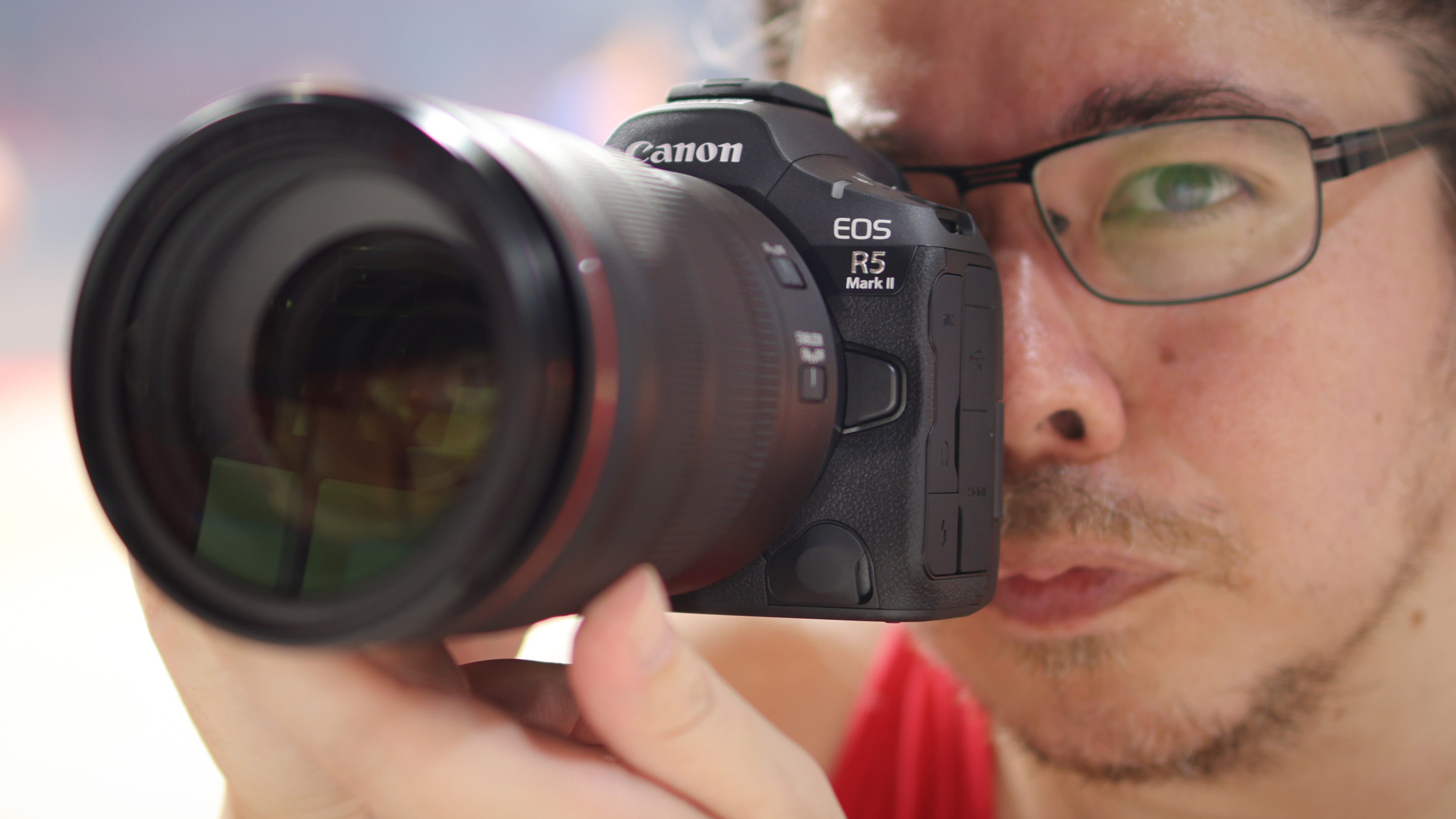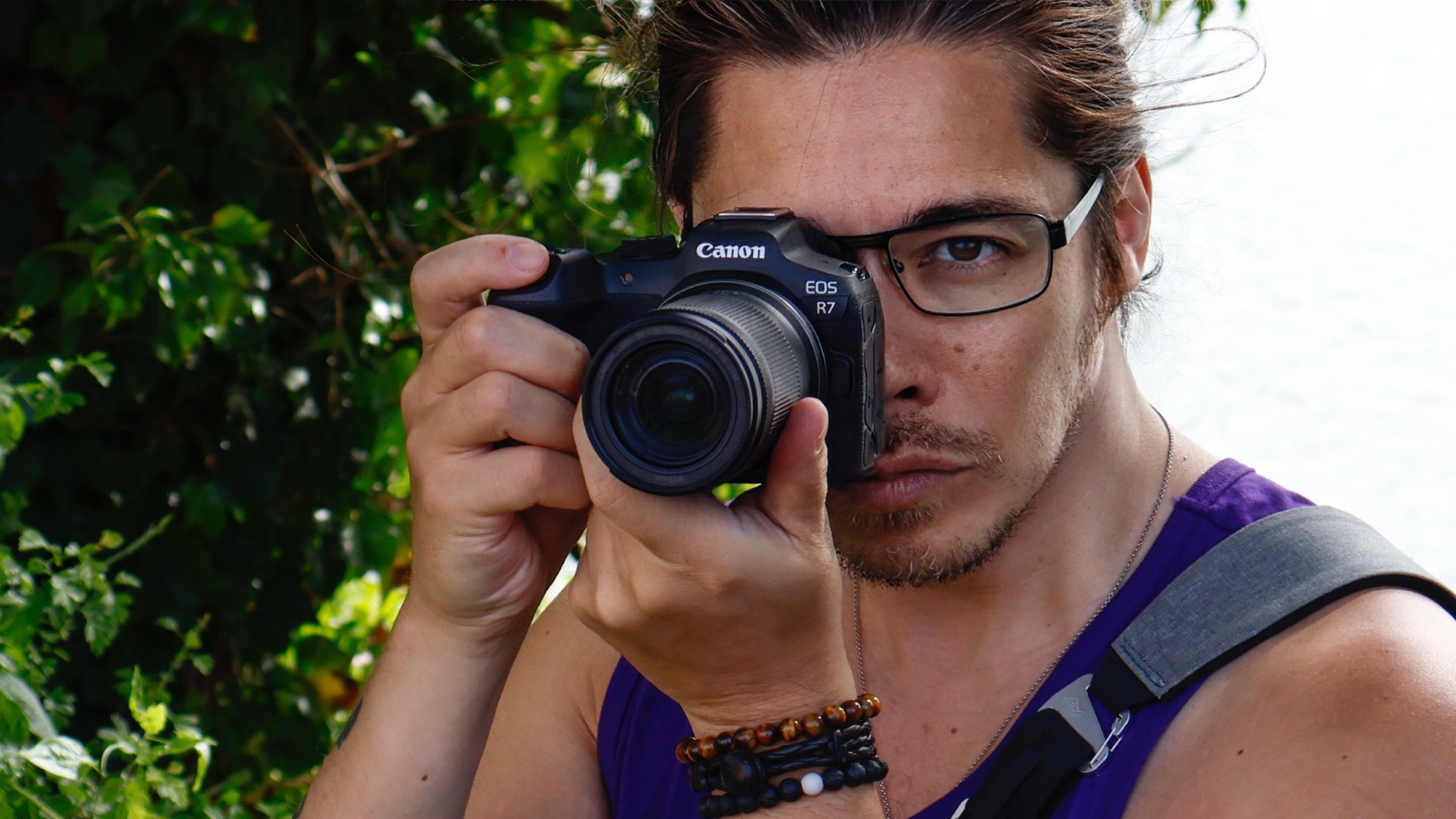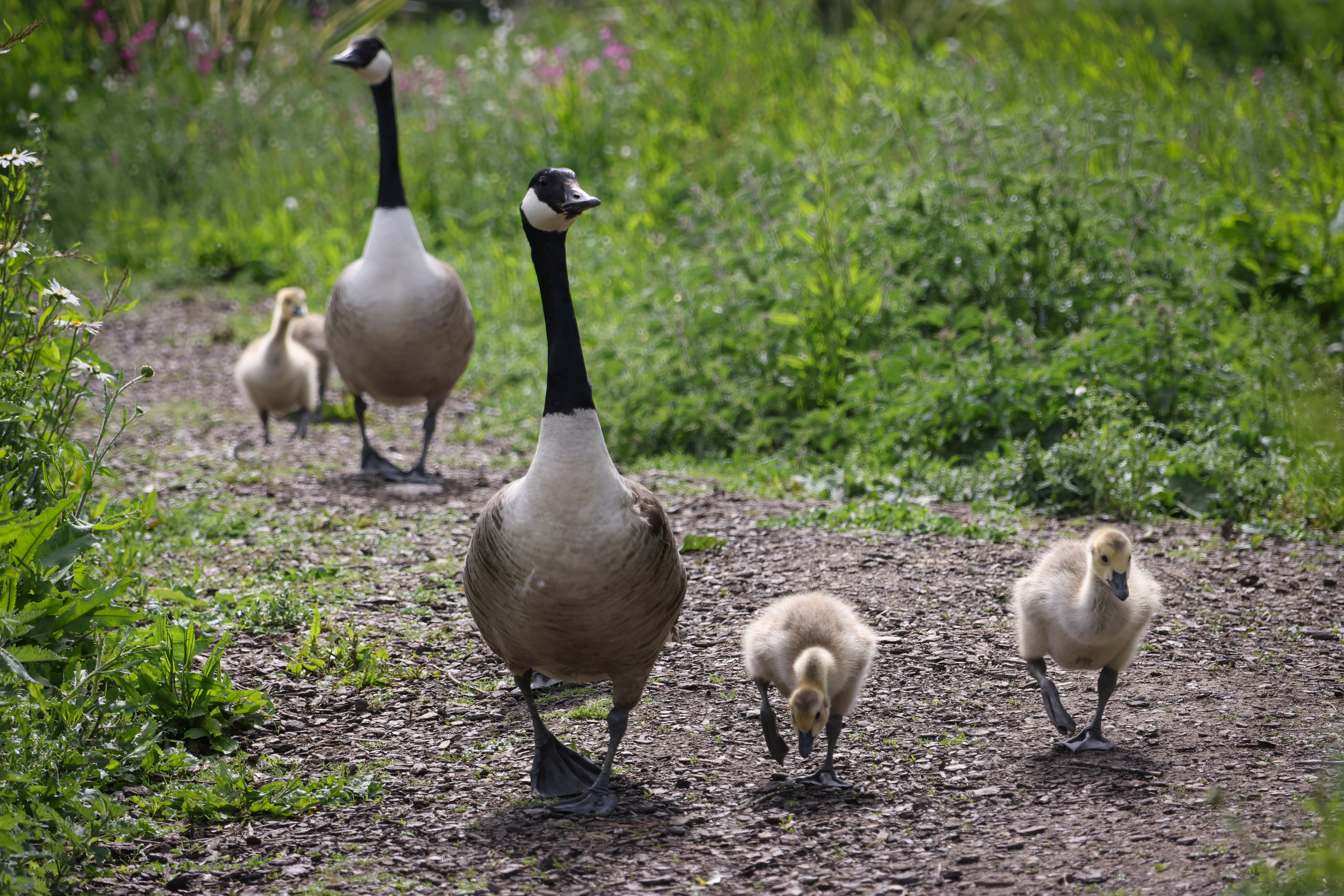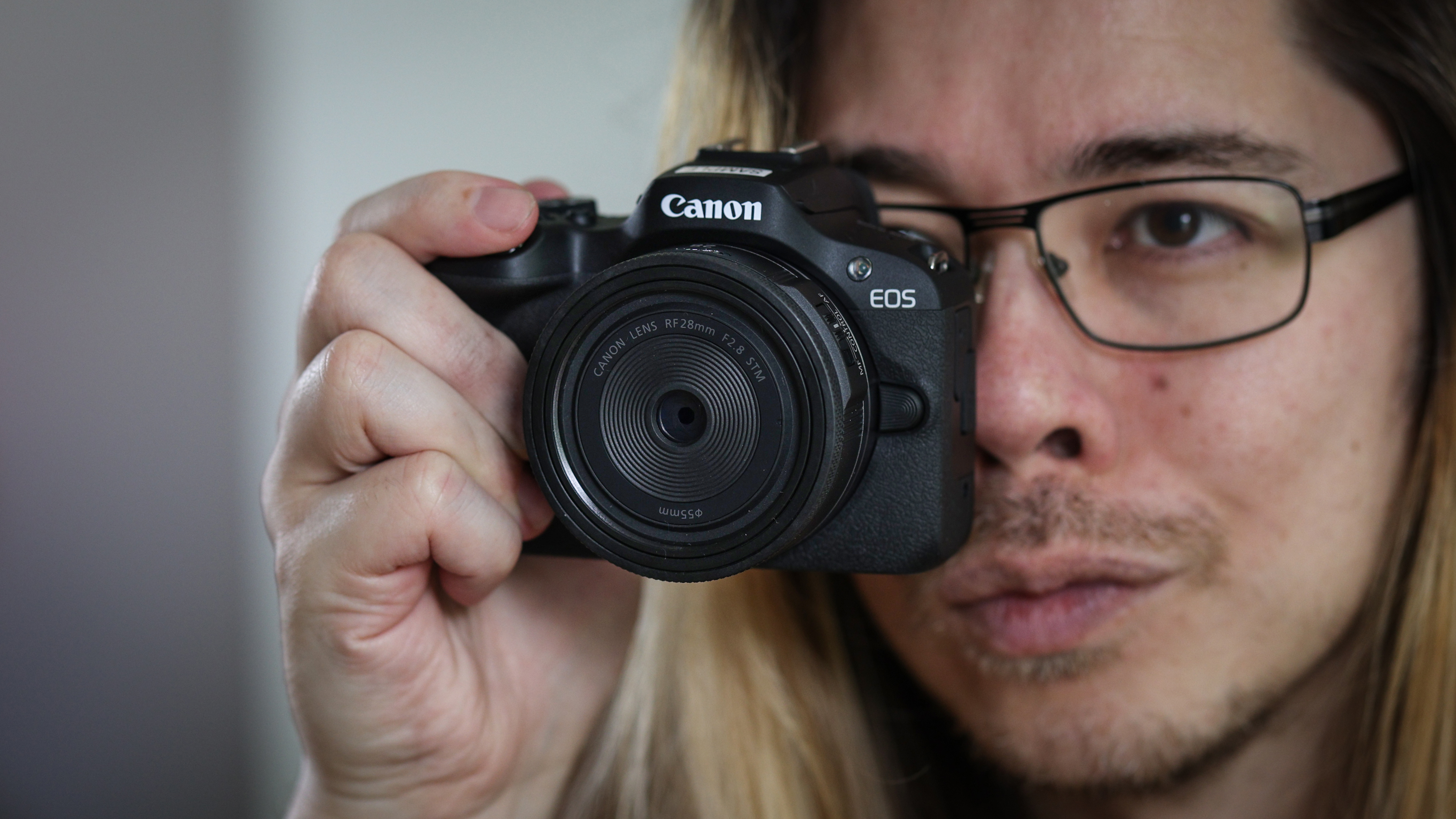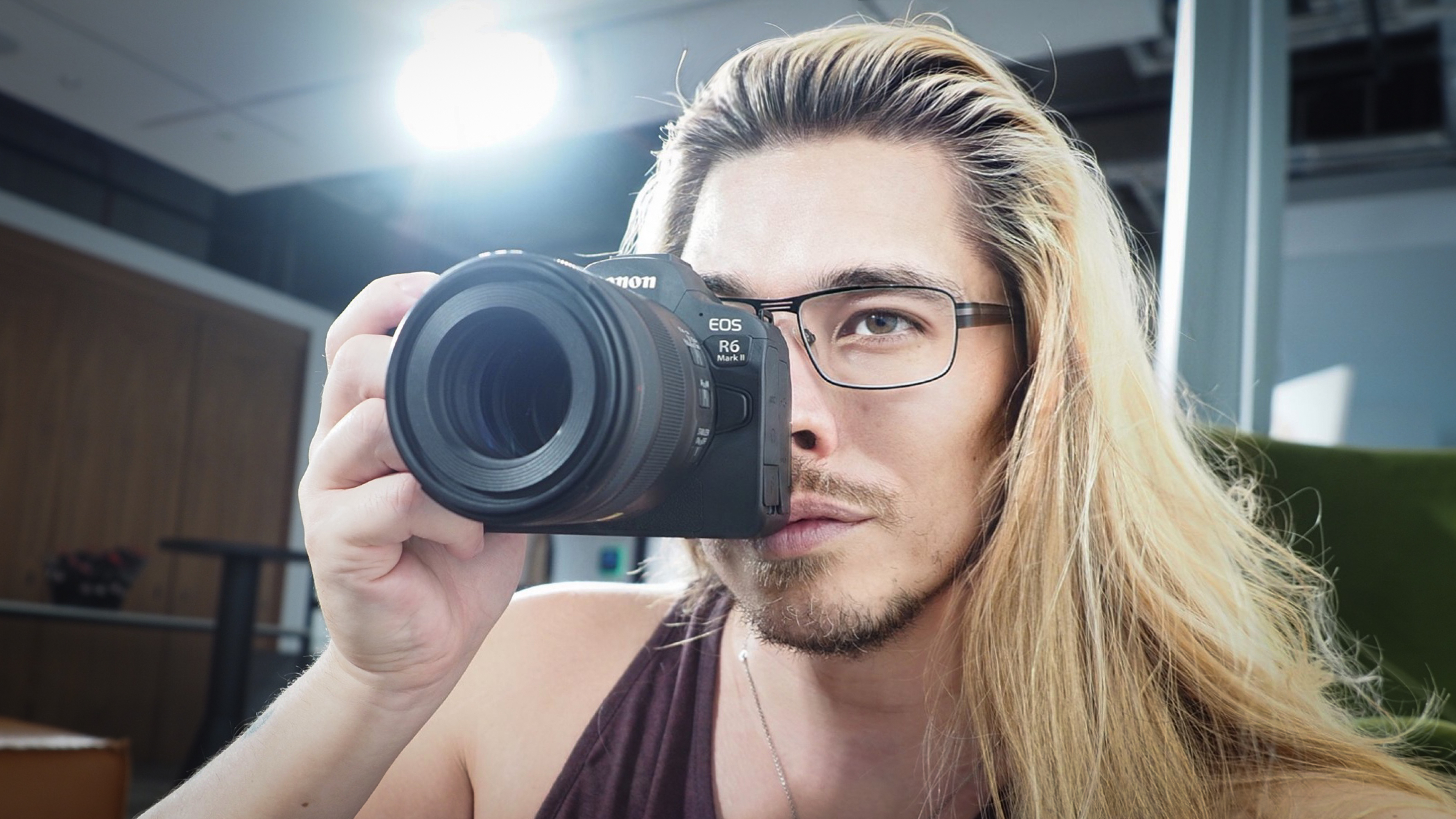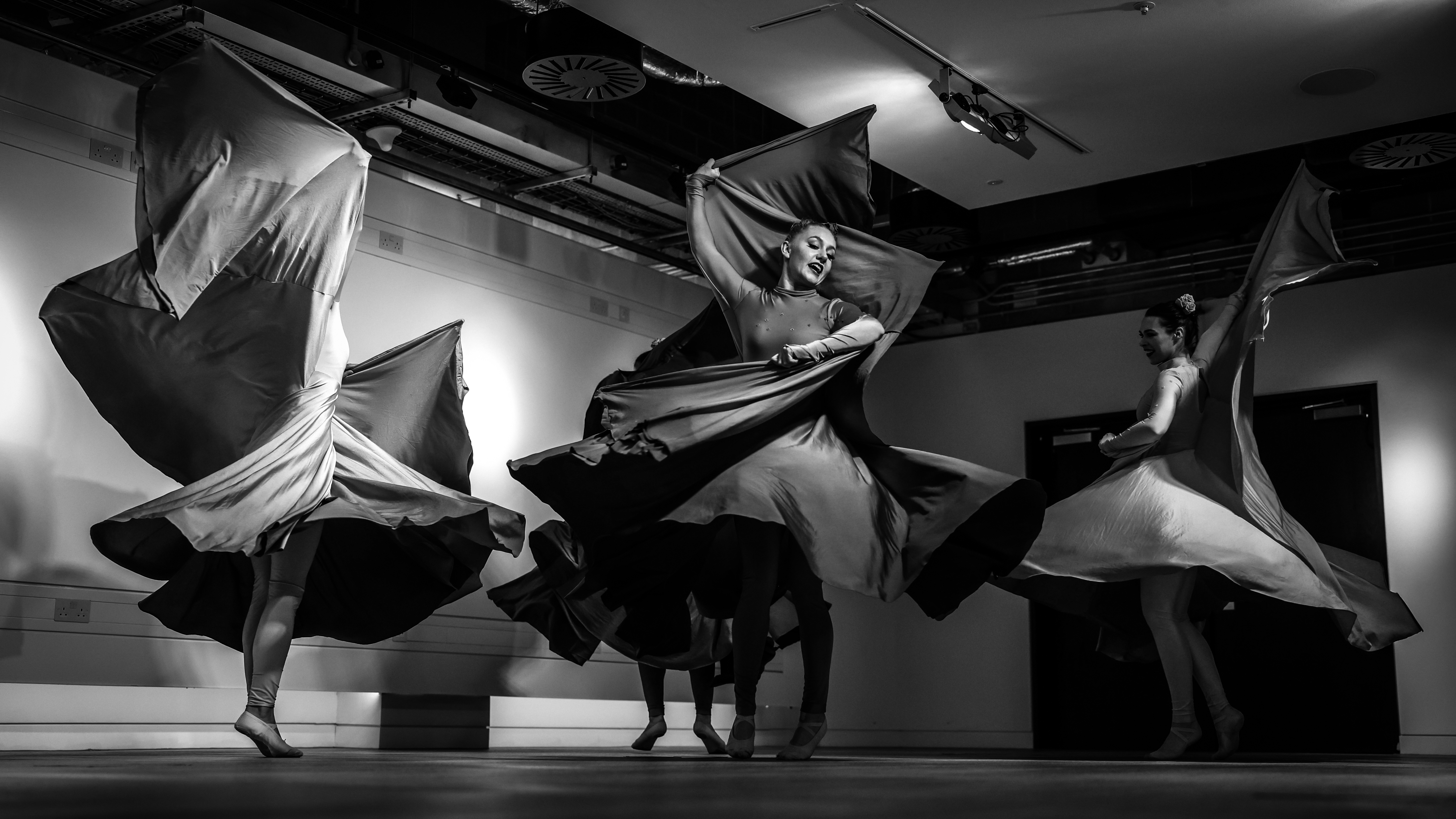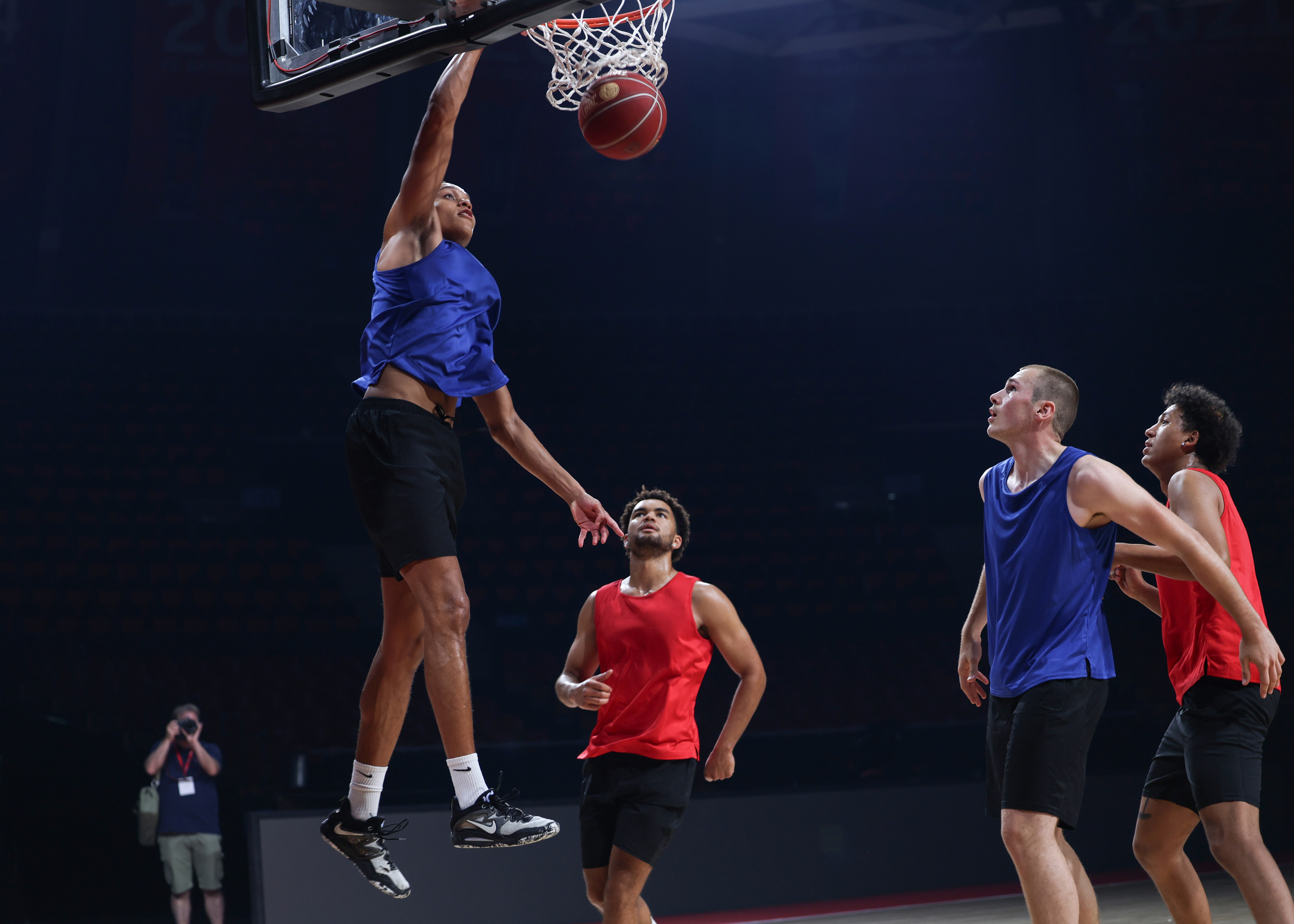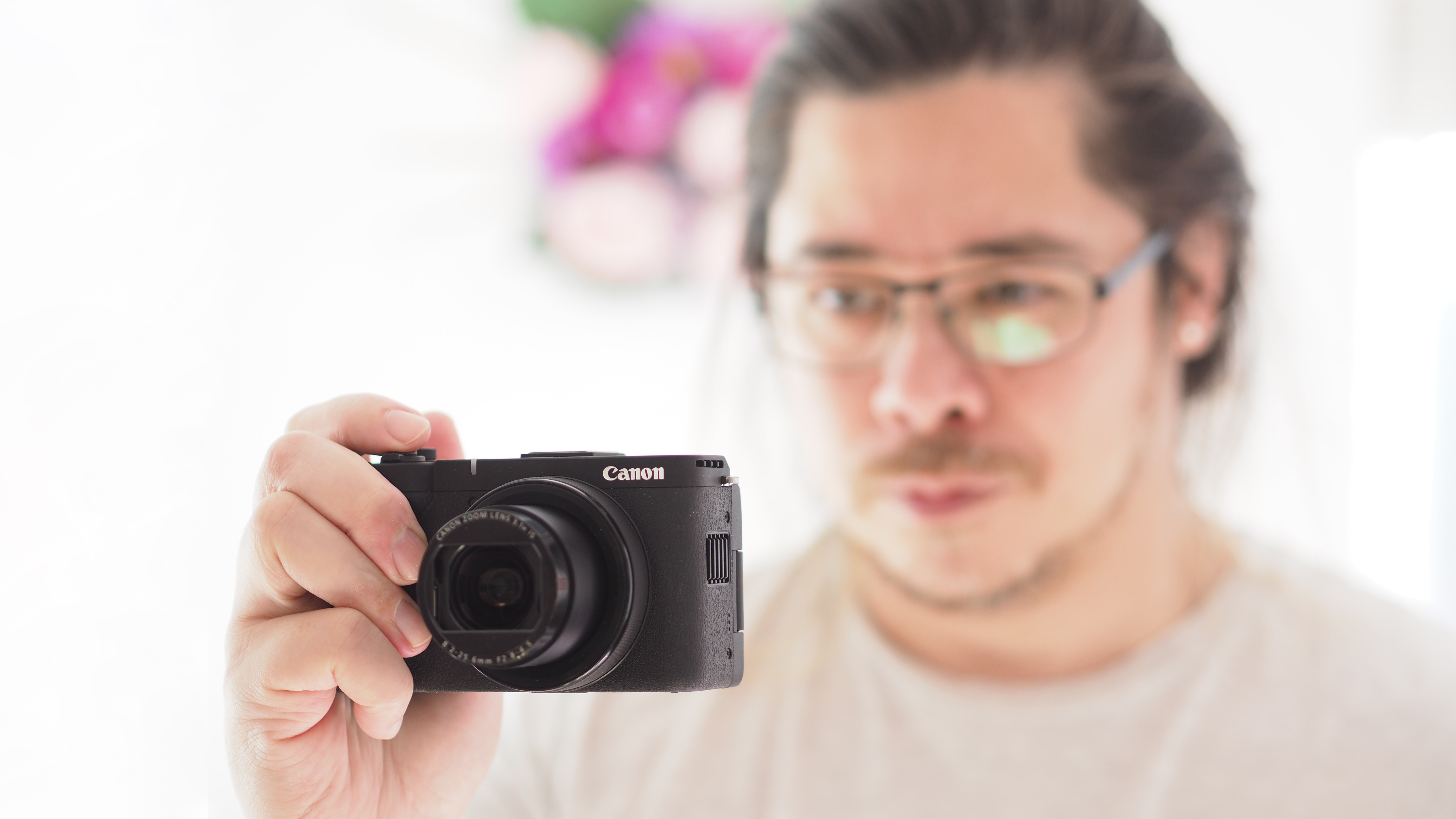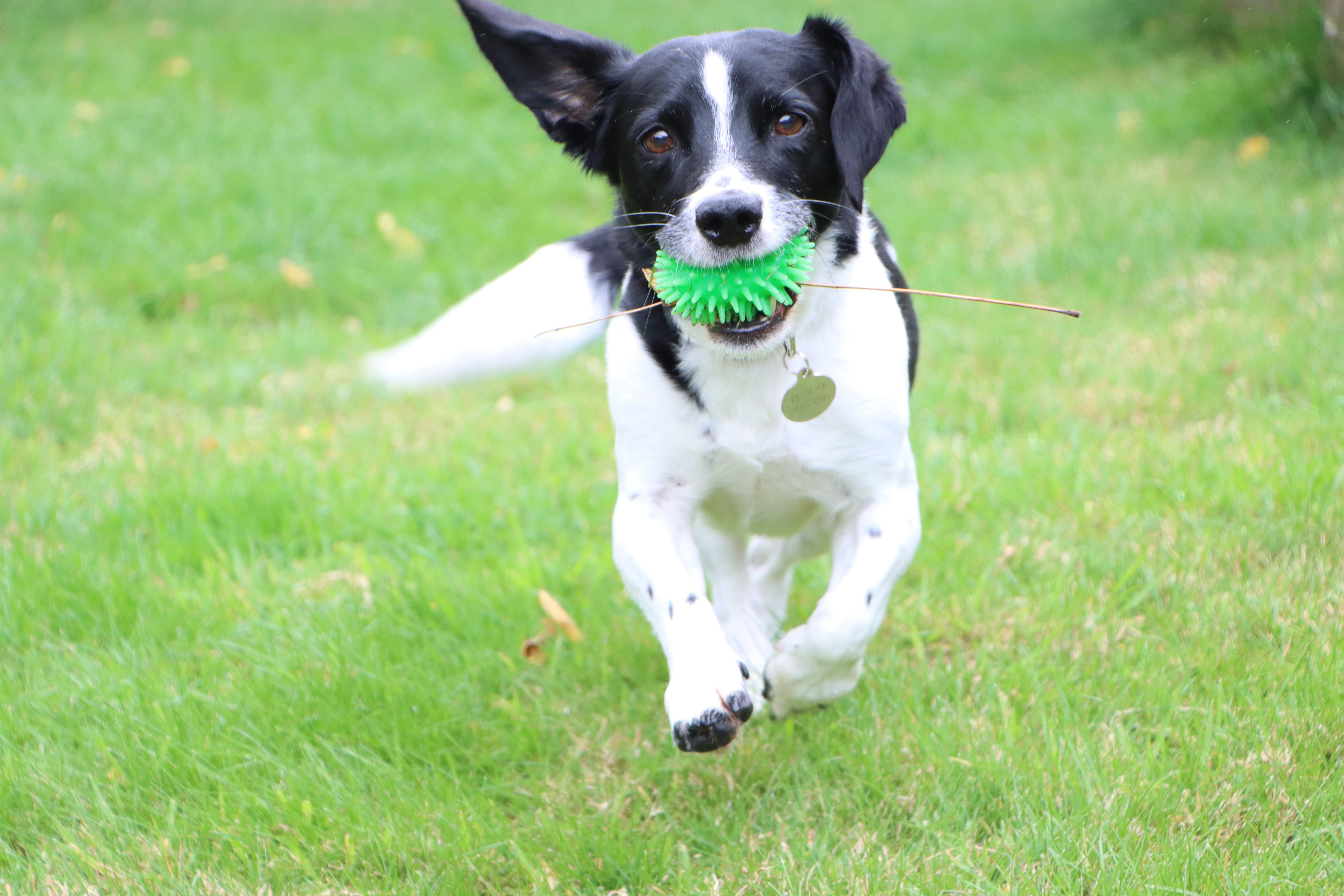The best Canon camera in 2025: Canon's top mirrorless, DSLRs and compacts
I run down the best Canon cameras of all kinds for beginners, enthusiasts and professionals
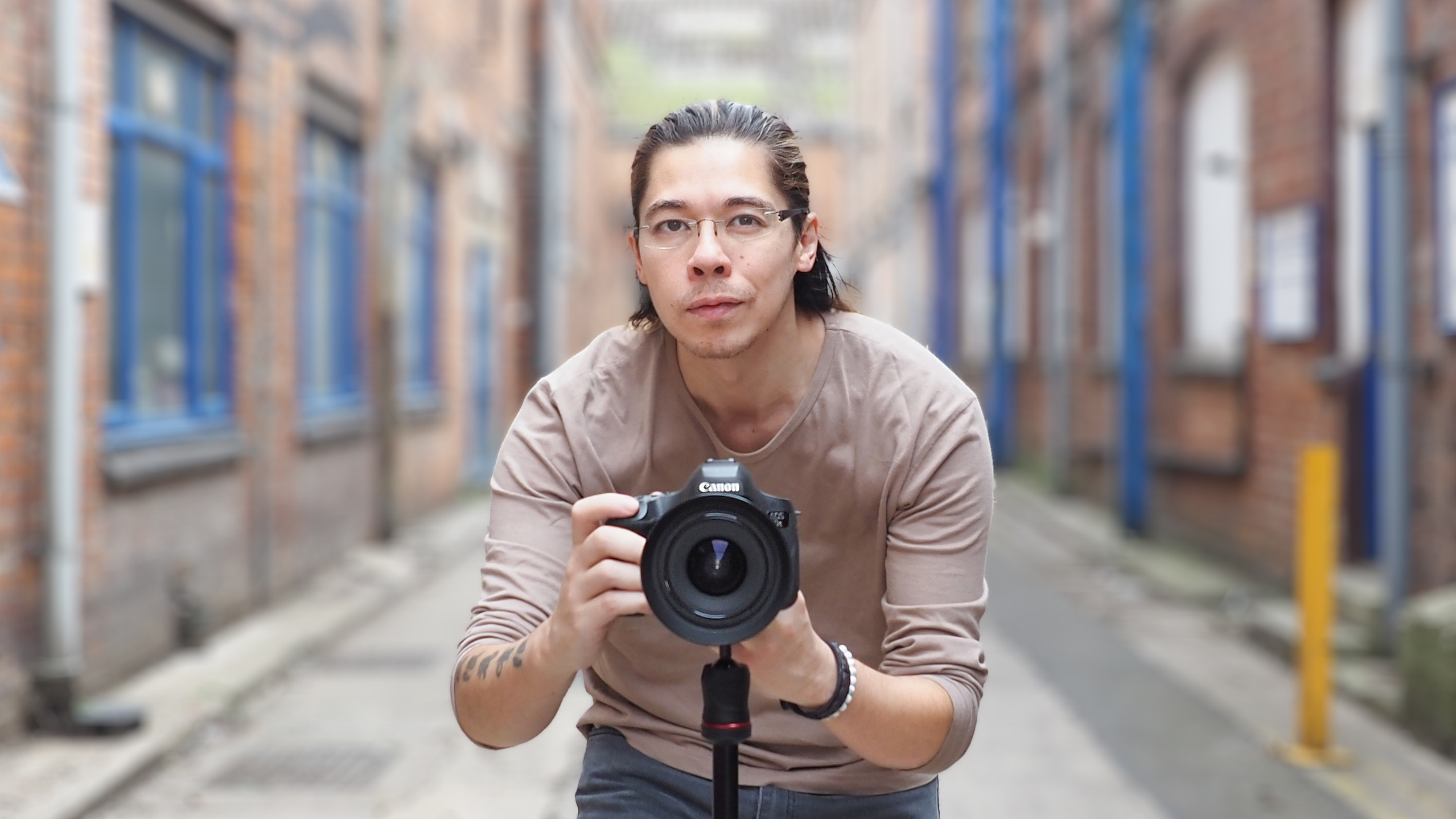
Picking the best Canon camera can be tough – there are so many to choose from! It is, after all, the largest camera manufacturer in the world, offering everything from budget-friendly beginner bodies to cameras used for filming movies.
Luckily, I've been using the best Canon cameras from the film days in the 1980s to DSLRs in the 2000s to today's mirrorless models. After four decades, I can tell you which ones I’d personally choose – whether you're just starting out in photography or you're a working pro.
In my opinion, the EOS R5 II is the best Canon camera overall. I spent my own money on this series because there’s nothing it can't do! With its 45MP sensor (capable of shooting up to 180MP upscaled images), 8K video, 30fps burst and eye-controlled autofocus, it’s a technological marvel.
But choosing a camera isn't just about raw power! The key is finding the right tool for the job. I’ve selected the best Canon cameras in every category, from wildlife and pro and vlogging and video, so you can easily find exactly what you need based on your personal shooting needs.

My first camera was the Canon AE-1, and since then I've been using everything from PowerShot snappers to Cinema EOS monsters personally and professionally. I've also used every single Canon mirrorless camera! I used to write for print publication PhotoPlus: The Canon Magazine, too, so I'm well placed to help you work out which is the best Canon camera for you.
The Quick List

This camera is so good that I bought one! The finest camera Canon has ever made, and the best all-rounder on the market: 45MP stills, 30fps bursts, 8K video (with 36MP Frame Grab), great stabilization, and the best autofocus in the business.
Read more below
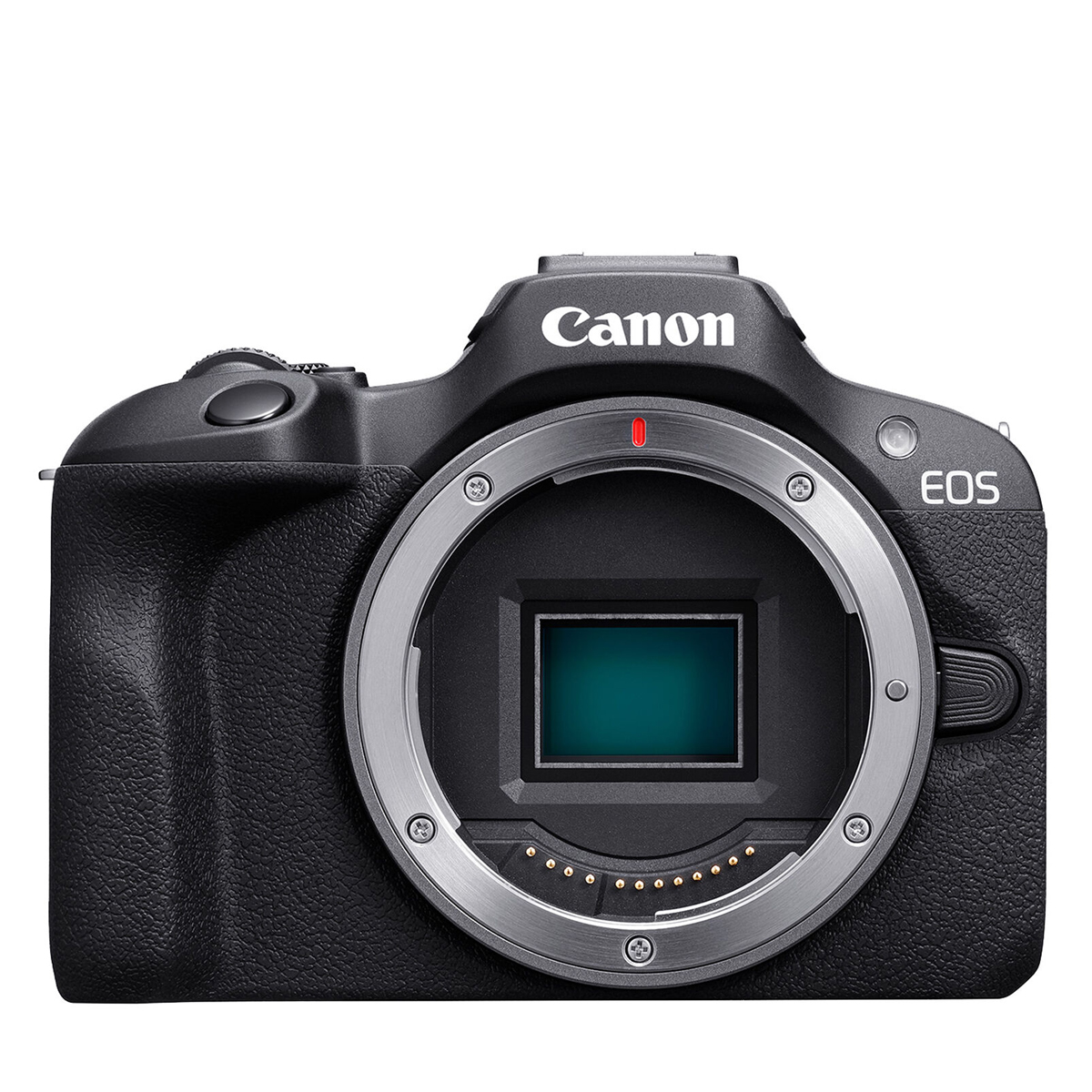
Just starting in photography? Look no further! This mirrorless marvel has guided menus to help you unlock its features and discover photographic techniques. It's very capable, too, with a punchy 24.1MP APS-C sensor and fantastic autofocus.
Read more below

An APS-C powerhouse, the R7 is a great all-rounder but is excellent for wildlife. Its 32.5MP sensor tons of resolution, and the 1.6x crop factor makes your lenses even longer – so they "zoom in" more than they do on a full-frame camera!
Read more below

I always loved the 6-series DSLRs, and the 6D Mark II continues that lineage of great all-rounders. This hybrid camera captures 24.4MP stills at blistering bursts of up to 40fps, and crisp 4K video up to 180p, with dual card slots and great stabilization.
Read more below

Canon's flagship camera, the R1 is a powerful pro tool with 6K 60p video, 40fps burst shooting, otherworldly autofocus, top weather-sealing… and the viewfinder tracks your eye, so you can shift focus just by looking (and it even works with my glasses on)!
Read more below

The R50 V is custom-made for content creators, with all the video options you could dream of (including some from the Cinema EOS line) – and it's great for stills too!
Read more below
View the full list ⤵
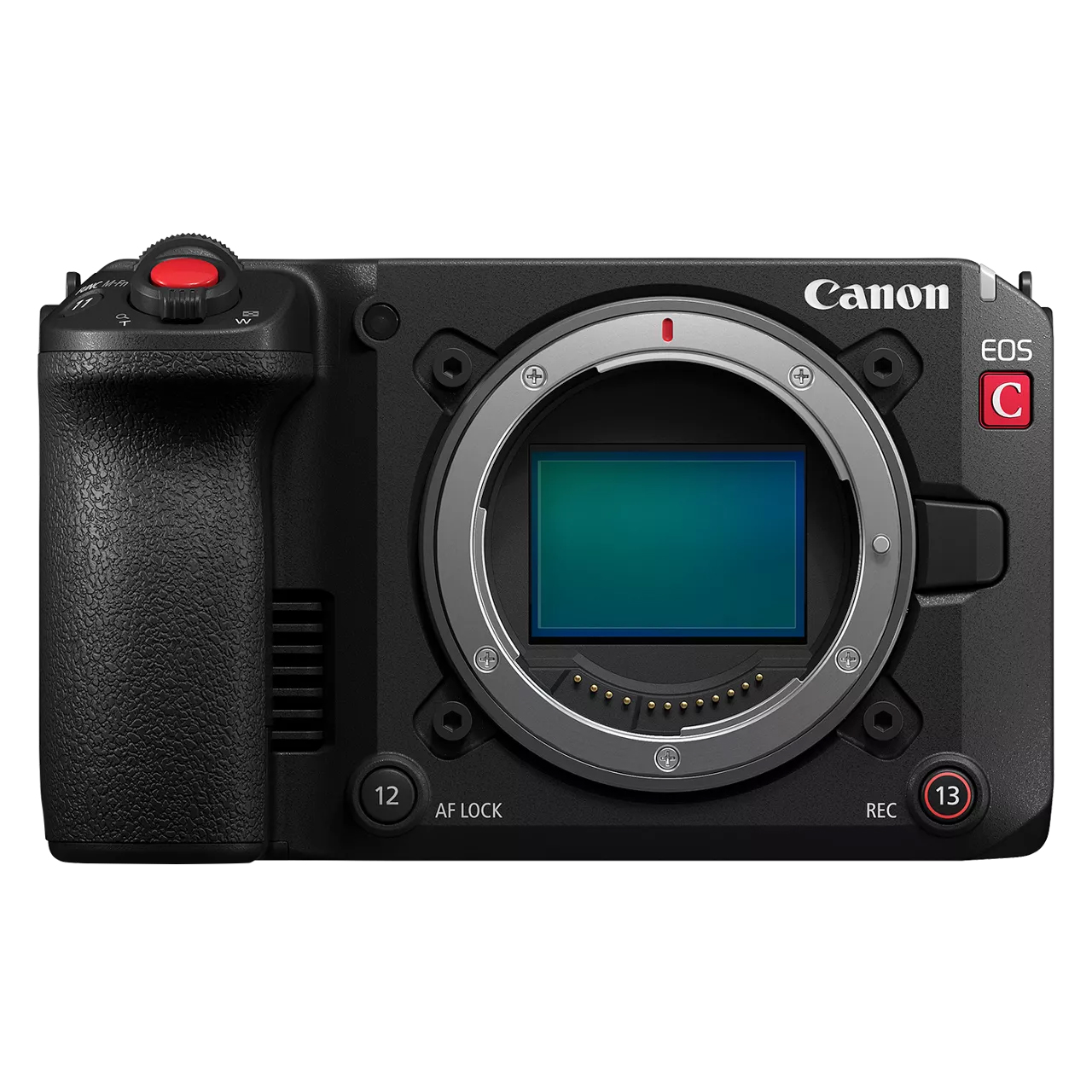
The C50 offers almost everything you could want from a video body, namely a 32.5MP full frame sensor with 7K 30p open gate capture and 7K 60p internal RAW recording!
Read more below
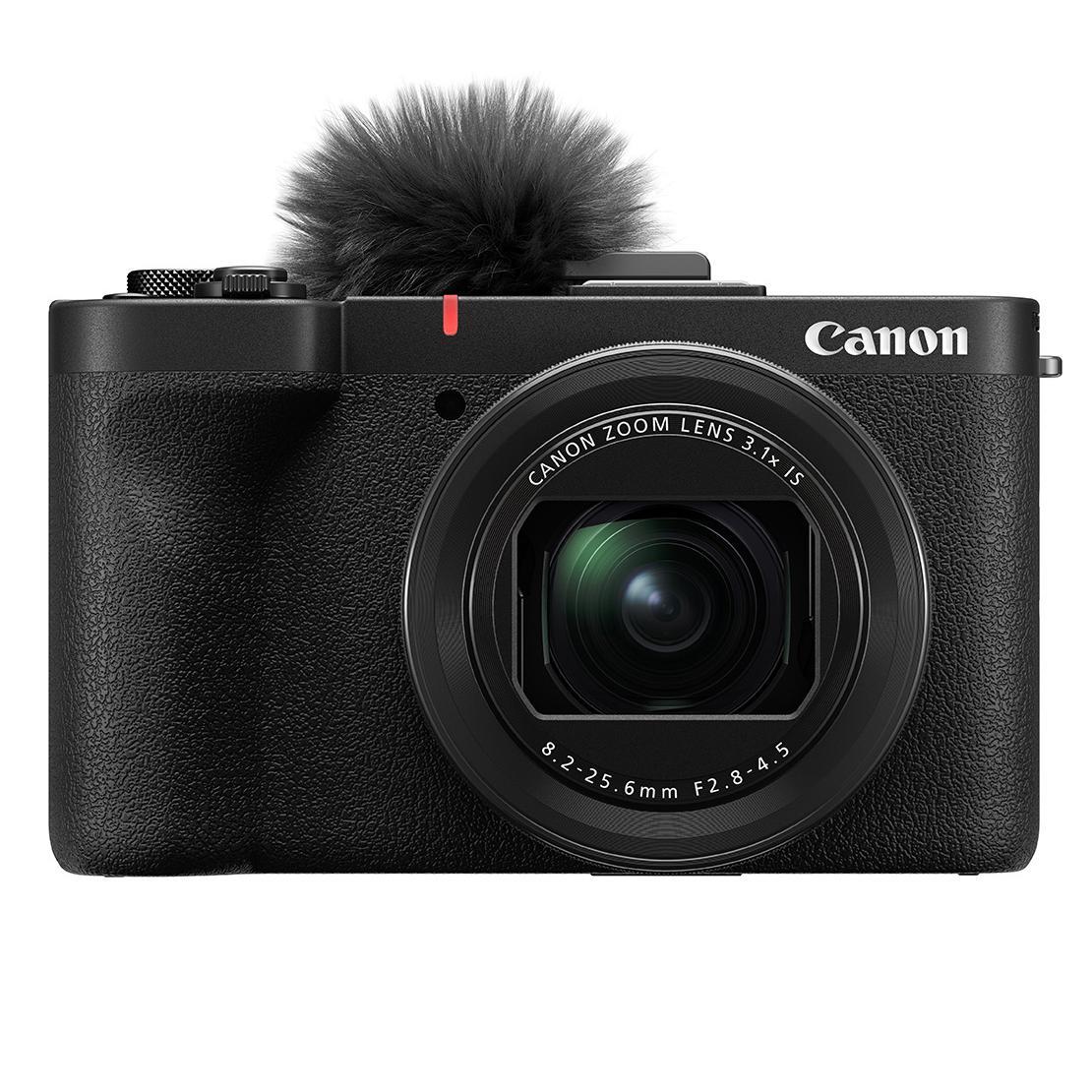
Canon's first compact in years is a vlogger's dream. An all-in-one vlogging camera, it has all the bells and whistles you could ask for – including a great new image sensor.
Read more below
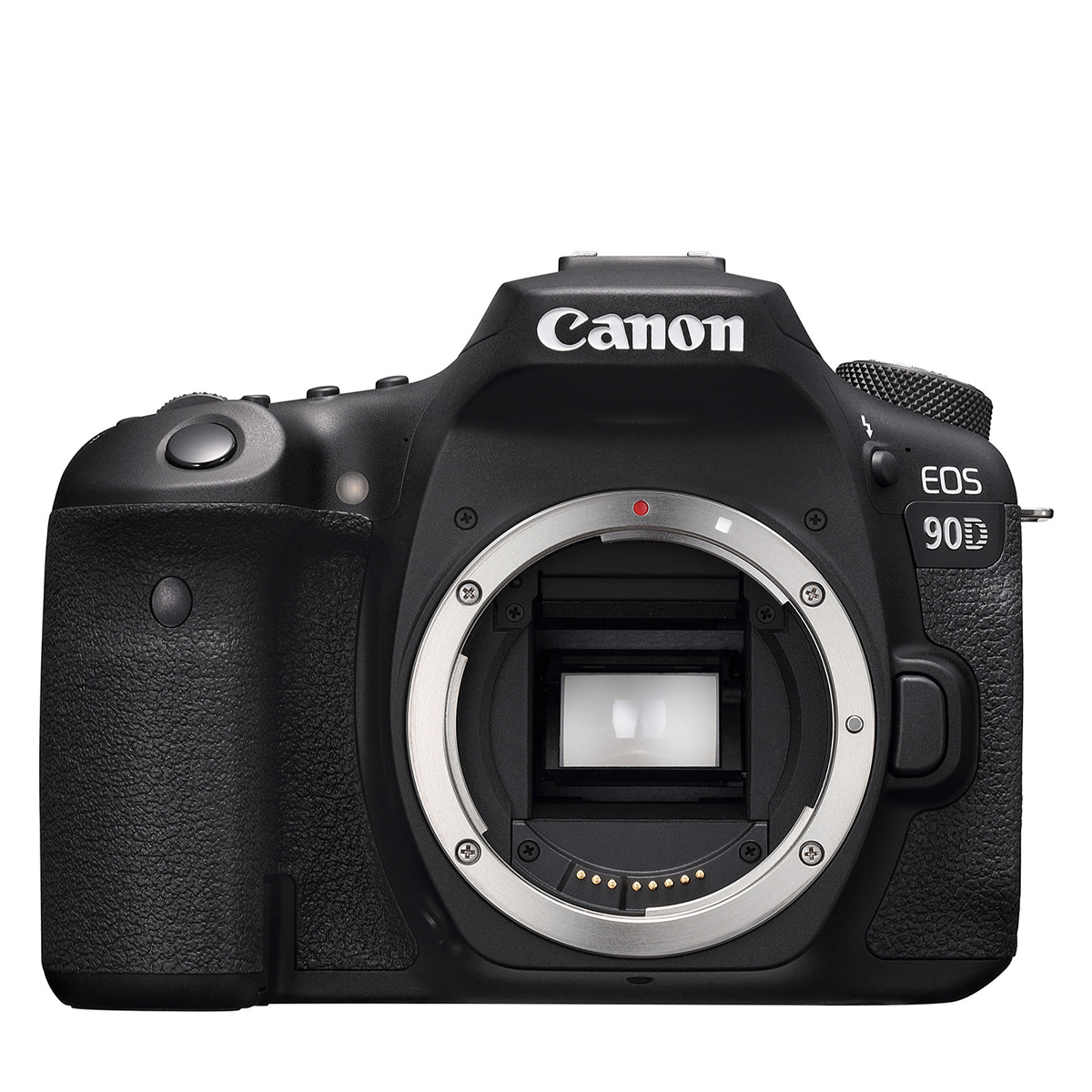
There has to be a good reason to opt for a DSLR in this day and age, and I think the 90D still presents a great case.
Read more below
The best Canon cameras you can buy today
Why you can trust Digital Camera World
Best Canon camera overall
Specifications
Reasons to buy
Reasons to avoid
I was so blown away by the original Canon EOS R5 that I bought one on release day – it is that good. Yet somehow Canon has exceeded my expectations and made the sequel even better. For my money (quite literally) it does anything and everything you could ask of a camera.
Not only do you get high-resolution 45MP stills as standard, but it can also use its AI powers to upscale any image into a 180MP JPEG/HEIF. Despite pushing so many megapixels, it offers lightning-fast continuous shooting, too, delivering bursts of up to 30fps.
The R5 II's autofocus is so good that I called it a cheat code, and I stand by that: Dual Pixel CMOS AF II is the best system in the industry right now – better than that of the Sony A9 III and Nikon Z8 / Z9. Canon has even upped the ante with eye-control autofocus where you can just look at your subject and the camera will focus on them, is it magic? It feels like it.
It's also a monster at video, with its headline RAW 8K 30p video being utterly gorgeous – and it can be oversampled for stunning 4K HQ (though the standard 4K mode is nothing to write home about). The well-publicized overheating limits of the first model are gone, with the R5 II handling heat like a champ, and in truth, I've never had any problems in personal use.
Add in weather sealing, rock-solid in-body image stabilization (up to 8 stops), and support for superfast CFexpress B cards (as well as standard SD cards) and this is a camera that can take on any task.
Read my full Canon EOS R5 Mark II review for more details
Best Canon camera for wildlife
Specifications
Reasons to buy
Reasons to avoid
The R7 is Canon's top-flight APS-C camera, and is such a powerhouse that it actually packs more megapixels (32.5MP) than some of its full-frame cameras! While it's a fantastic all-rounder, what I love to use it for most is wildlife photography.
This is mainly due to the 1.6x crop factor of Canon's APS-C sensor, which increases the equivalent focal length of your lenses; when I mount the Canon RF 600mm on the R7 it becomes an effective 960mm lens! So, between the longer focal length giving you more reach and the extra resolution giving you more room to crop, I find this a uniquely capable camera for wildlife.
It rattles off stills at up to 30fps, so you never miss a moment, and packs the same autofocus system as the R5, so the camera never misses a beat. And if you shoot video it can capture 4K that's oversampled from 7K, for maximum detail.
It's weather-sealed to withstand outdoor conditions, packs dual memory cards and a joystick, and on top of everything it's image-stabilized as well.
Read my full Canon EOS R7 review for more details
Best Canon camera for beginners
Specifications
Reasons to buy
Reasons to avoid
In my opinion, there's no better way to learn photography than to use a mirrorless camera. The viewfinder and rear screen show you exactly what your images will look like, as you adjust the exposure settings, which helps you understand how things like aperture and shutter speed work.
And what I really love about the R100 is that it has a guided user interface, with menus that show you how to achieve effects such as blurred backgrounds or frozen motion.
While it's a beginner camera, the R100 is still amazingly capable. Canon's trusty 24.1MP APS-C sensor delivers images worthy of far more advanced cameras – I was blown away by the quality of the files.
I also love that it's got a microphone jack, which is rare on a camera at this price point – so if you want to shoot video you can get great quality sound using a dedicated mic (rather than relying on the built-in mics). That said, there are some compromises with 4K video – it incurs a 1.55x crop and doesn't make use of the brilliant Dual Pixel Autofocus – so you're better off shooting in FullHD.
The R100 is an incredibly compact camera, and paired with the similarly compact Canon RF-S lenses fits great in a sling bag or handbag for run-and-gun shooting. However, those with larger hands might find it a bit too small (and it's also worth noting that the screen is fixed, and doesn't offer touch-control). Those few foibles aside, this is a brilliant beginner camera.
Read my full Canon EOS R100 review for more details
Best hybrid Canon camera
Specifications
Reasons to buy
Reasons to avoid
This is a tough one, given that the Canon EOS R6 Mark III has now arrived – and, with a 32.5MP full frame sensor and 7K open gate video, it's a hard camera not to recommend. BUT, I dare say that unless you absolutely need the extra resolution and open gate, the R6 Mark II is far better value.
At 24.2MP it doesn't have the pixel count of its baby brother, but it can still capture 6K RAW externally as well as oversampled 4K 60p internally – so you still get superb video quality and resolution. (You get about 40 minutes of oversampled 4K 60p or 6 hours of 4K 30p before the camera cuts off.)
It matches the 40fps burst shooting of the newer model, too, which is the same speed at which the flagship EOS R1 shoots! It also offers its own pre-capture, just like the Mark III, which enables the camera to record 0.5 seconds of stills or up to 5 seconds of video before you fully depress the shutter.
The buffer is a little more limited than the Mark III, thanks in part to using dual SD cards instead of a split SD/CFexpress setup. This does make the R6 Mark II more affordable, though, both in terms of the cost of entry and in terms of memory – you won't need to buy a pricey Type B card to get the best performance out of it!
If money is no object, go for the Canon EOS R6 Mark III (review here). But for the best bang for buck, the R6 Mark II is still a ferocious performer with an incredible price tag (especially in the UK right now!).
Read my full Canon EOS R6 Mark II review for more details
Best professional Canon camera
Specifications
Reasons to buy
Reasons to avoid
We waited six years for Canon's mirrorless flagship, but the wait was worth it. The EOS R1 is a technological behemoth and the single best camera for professional and sports photography.
I find it the best balanced EOS R camera for pro use, given its integrated vertical grip (which houses a higher capacity battery) and larger size that's perfect for professional lenses and long telephotos.
The headline features may be the easiest to digest – 40fps burst shooting and 6K 60p video with RAW and C-Log2 – but it's the autofocus that takes center stage here. The image processor now forms a tag team with an image accelerator chip, powering Canon's new Dual Pixel Intelligent AF system.
This imbues the R1 with algorithmic, predictive autofocus technology – including Action Priority mode for sports, which can actually recognize plays (such as a spike in volleyball or an alley oop in basketball) and focus on the primary player accordingly.
On top of that are the Neural network Image Processing features. These AI-powered tools enable you to denoise images by up to 2 stops, and upscale your 24MP images to 96MP – all in-camera, all without any reduction in image quality.
If you shoot professionally and stills are your primary focus, this is the camera to beat.
Read my Canon EOS R1 review for more details
Best Canon camera for creators
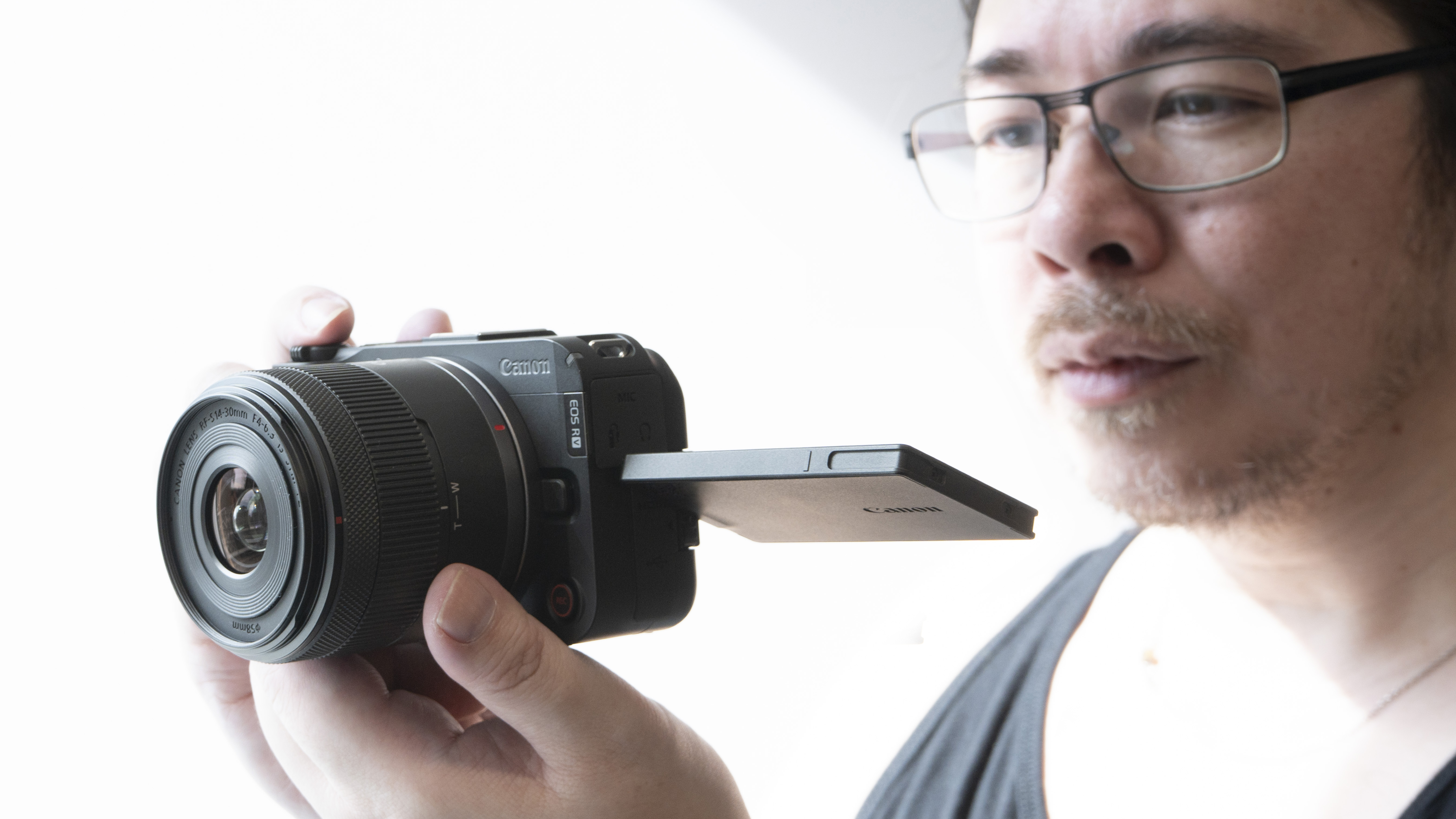
Specifications
Reasons to buy
Reasons to avoid
Previously, the Canon EOS R50 had been the company's go-to creator camera – but it lacked true video and vlogging-friendly features, and was still very much a stills-first camera.
The EOS R50 V flips the script, putting video front and center – although interestingly, unless you really want a viewfinder and a regular grip, it's also a better stills camera than its sibling. (Check out my Canon EOS R50 vs R50 V comparison for more.)
The R50 V has been built from the ground up for content creators – a record button on the front of the camera, a live streaming button on the top, horizontal and vertical tripod mounts, brilliant microphone with wind muffler, a UI that fully supports vertical shooting, 10-bit 4:2:2 and C-Log3 support, tally light… everything a creator could ask for.
There's even a must-have companion lens, the Canon RF-S 14-30mm f/4-6.4 IS STM PZ, similarly designed specifically for creators (as well as being designed specifically for this camera). This is Canon's version of what Sony has been doing with its ZV cameras – and it does an eve =n better job.
Read my full Canon EOS R50 V review for more details
Best Canon camera for video
Specifications
Reasons to buy
Reasons to avoid
If you want to put a video on YouTube, go for the R50 V. But if you want real professional performance (without shelling out for the very best cinema cameras), my vote goes to the Canon EOS C50.
Built on the same architecture as the R6 Mark III, it boasts a 32.5MP full-frame image sensor capable of up to 7K 60p internal RAW recording. However, unlike the R6 Mark III, it boasts two crucial benefits: active cooling and dual base ISO.
The cooling system means that the C50 can capture RAW video without the recording limits of the fan-free R6 Mark III. And the latter gives you base sensitivities at both ISO800 and ISO6400 – ensuring the cleanest possible performance and 15 stops of dynamic range.
The headline feature, of course, is 7K 30p open gate video. This captures the entire sensor area (rather than just a 16:9 slice), giving you a much taller and larger video file to work with – meaning that you can just as easily create a 9:16 vertical video in post, without having to sacrifice too much resoution or shoot everything twice.
It also benefits from pro-level features like shutter angle, full-size HDMI and (on the included handle) XLRs, C-Log 2 and 3, waveform and false color… in short, virtually everything a videographer could need.
Read my Canon EOS C50 review for more details
Best Canon PowerShot camera
Specifications
Reasons to buy
Reasons to avoid
If you're looking for a stills-focused compact then the Canon PowerShot SX740 HS, with its svelte body and 24-960mm zoom, is the best Canon PowerShot camera for you. However, this product line has now graduated to creator-oriented products.
If you're at the beginning of your vlogging journey, if you've never held a camera before and the only thing you've used is your phone, I recommend looking at the Canon PowerShot V10. It's a super simple, beginner-friendly vlogging camera that gives great no-frills results.
However, if you want more creative freedom and better image quality than your phone offers, then the flagship V1 is the best Canon PowerShot camera. Its all-new 22.3MP, 1.4-inch sensor delivers beautiful 4K 30p (oversampled from 5.7K) and 4K 60p video, and it takes great photos (with up to 30fps bursts!) so you can capture a great thumbnail.
I found the built-in 3-stop ND filter an absolute bacon-saver for when I was shooting in bright sunlight, and the integrated microphone records shockingly good audio – I also appreciated the included wind muffler for when I was atop a blustery hill!
Continuing the all-in-one theme, the built-in 16-50mm zoom lens gives you the perfect vlogging focal range, with a customizable control ring to give you fingertip control over anything from aperture to white balance.
It outpunches the Sony ZV cameras that it competes with, and my only reservation is the slight amount of motor noise picked up if you zoom while filming – and if you're picky, you might find that the stabilization is still a wee bit wobbly.
Read my full Canon PowerShot V1 review for more details
Best Canon DSLR
Specifications
Reasons to buy
Reasons to avoid
Okay, why do I rate this "the best" DSLR over the workhorse Canon EOS 5D Mark IV and former flagship Canon EOS-1D X Mark III? One key factor: the price. Both those cameras still cost quite a chunk of change, and I'll be honest – if you're going to spend that much money on a camera, you're going to get far more bang for your buck buying mirrorless.
There has to be a good reason to opt for a DSLR in this day and age, and I think the 90D still presents a great case. Like the EOS R7, it has a pixel-packed 32.5MP sensor, uncropped 4K video and robust weather sealing. Its 10fps burst rate isn't nearly as fast, but is more than enough for anything short of top-tier wildlife or sports shooting.
I would argue that the 90D's beefier body is more comfortable than its svelte mirrorless counterparts, and plenty of people (including my colleague Sebastian) prefer an optical viewfinder over the modern electronic version. Above all, though, the best reason to go for the 90D is its stunning battery life that leaves mirrorless cameras in the dust.
Read our full Canon EOS 90D review for more details
FAQs
What Canon camera has the best quality?
In terms of pure image quality, the Canon EOS R5 Mark II delivers the best results. While its dynamic range may not be as broad as its predecessor, both RAWs and JPEGs straight out of camera deliver exceptional quality. Its 4K and 8K video is also superb, making this the premium performer for stills and video.
The R5 Mark II's 45MP sensor also makes it Canon's highest resolution camera on the market – and it can even upscale images to 180MP in-camera. (The original Canon EOS R5 can employ pixel shift technology to shoot up to 400MP images, but there are a number of caveats that limit its usefulness.)
Do professionals prefer Canon or Nikon?
As the most popular professional legacy brands for photographers, there are pros who swear by both systems. However, Canon has been the dominant brand for many years now (and Sony has outpaced Nikon as the world's second-biggest camera company), so by sheer volume of users it has to be said that more professionals prefer Canon.
The truth is, though, that it depends entirely on the professional and on the profession. Take a look at the best professional cameras to see my full list of recommendations.

What Canon camera do most photographers use?
Among news and agency professionals, the flagship 1 series has always been the widest-used – including the last DSLR iteration, the Canon EOS-1D Mark III, and now the mirrorless EOS R1.
For most professionals, the 5 series is the favored workhorse – such as the Canon EOS 5D Mark IV and now the EOS R5, with the R5 Mark II slowly taking over.
Wildlife shooters have gravitated towards the 7 series, including the Canon EOS 7D Mark II and EOS R7, with its APS-C sensor amplifying the effective reach of lenses by 1.6x.
Enthusiasts favor the full-frame 6 series, represented by the Canon EOS 6D Mark II DSLR and now the EOS R6 Mark II.
Creators and casual shooters have favored the mirrorless 50 series, starting with the discontinued Canon EOS M50 and M50 Mark II which have now been replaced by the EOS R50.
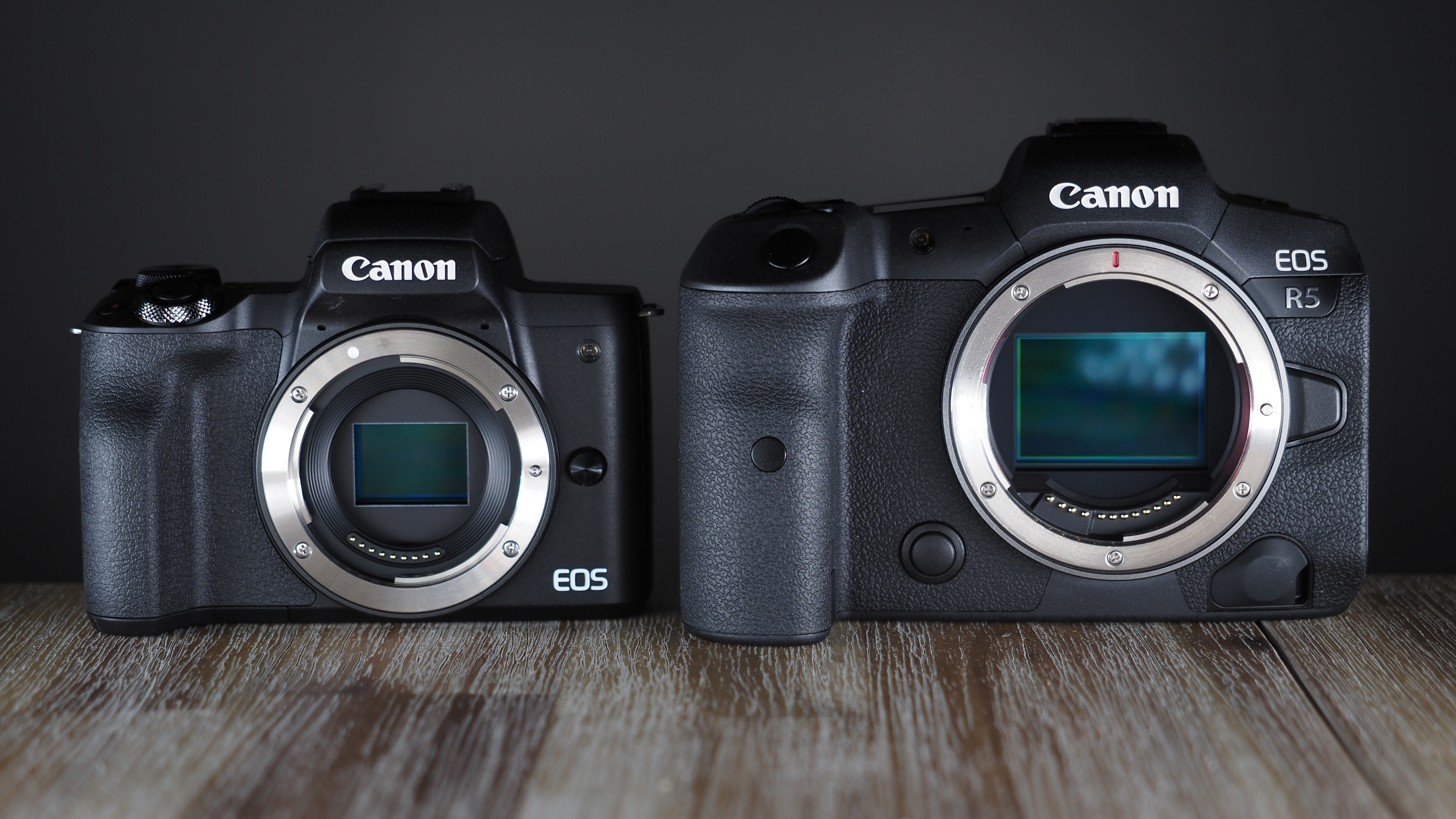
What is the best Canon camera to learn photography?
If you absolutely must have a DSLR, the Canon EOS Rebel SL3 / EOS 250D DSLR is still a good choice.
However, now that it is comparable in price, I truly can't think of a reason not to opt for the Canon EOS R100 – mirrorless technology is newer, faster and better in virtually every way. The Canon EOS R50 is an even better recommendation, if you have the budget.
Is EOS M discontinued?
Canon officially discontinued the EOS M line of mirrorless cameras in late 2023. There will be no new Canon EF-M lenses or bodies from Canon itself, though third-party manufacturers occasionally release new optics as there is a sizeable user base.
Do Canon DSLR lenses work on mirrorless cameras?
Yes! Canon EF and EF-S lenses can be easily adapted to the Canon RF-mount (and the discontinued Canon EF-M mount) using official and unofficial mount adapters.
However, RF (and EF-M) lenses cannot be adapted to EF-mount DSLRs. In short, DSLR lenses work on mirrorless cameras, but mirrorless lenses do not work on DSLRs.
What does "EOS" stand for in Canon EOS?
Technically, EOS stands for Entirely Organic System – Canon's SLR camera system that began development in 1985. It was later renamed Electro Optical System. However, the name actually comes from Eos – the Greek goddess of the dawn (perhaps to represent the finest golden hour light).
Hence, Canon pronounces the name "E-yos" – it is not pronounced like an acronym, "E.O.S".
How we test cameras
I’ve personally used every camera on this list, so I’m sharing my hands-on experience with each one. When I evaluate a camera, I take it out into the field for real-world shooting. For wildlife cameras, I photograph animals; for sports cameras, I shoot live events, and so on. I believe it’s essential to test cameras in the context of what they’re designed to do.
I also often test cameras in a professional working environment, like when I’m shooting commissions for clients. I assess everything from functions and features to ergonomics and ease of use, image quality, weather sealing, retail price, and battery life.
Additionally, my colleague Ben Andrews manages our in-house testing lab. He conducts tests on camera resolution, dynamic range, and noise under scientifically controlled conditions using tools like Imatest Master and DxO Analyzer. All DSLRs and mirrorless cameras undergo these tests, and sometimes high-end compact cameras as well.
Find out more about how we test and review on Digital Camera World
The best camera deals, reviews, product advice, and unmissable photography news, direct to your inbox!

James has 25 years experience as a journalist, serving as the head of Digital Camera World for 7 of them. He started working in the photography industry in 2014, product testing and shooting ad campaigns for Olympus, as well as clients like Aston Martin Racing, Elinchrom and L'Oréal. An Olympus / OM System, Canon and Hasselblad shooter, he has a wealth of knowledge on cameras of all makes – and he loves instant cameras, too.
